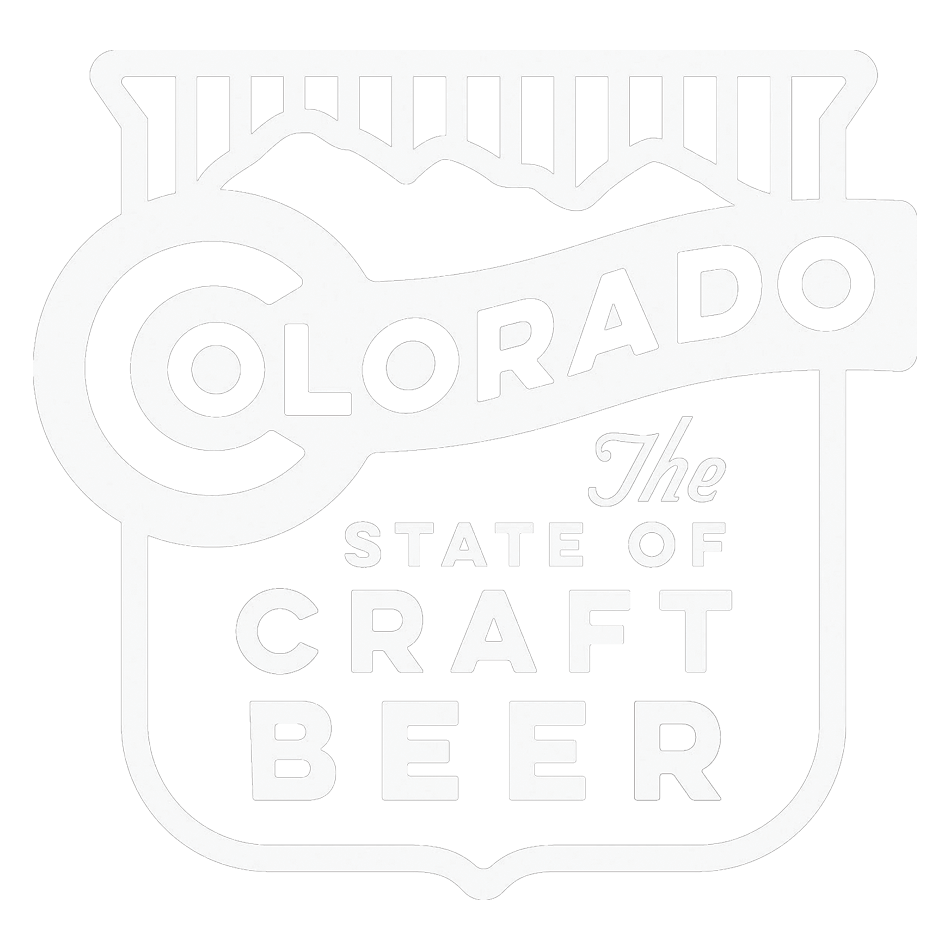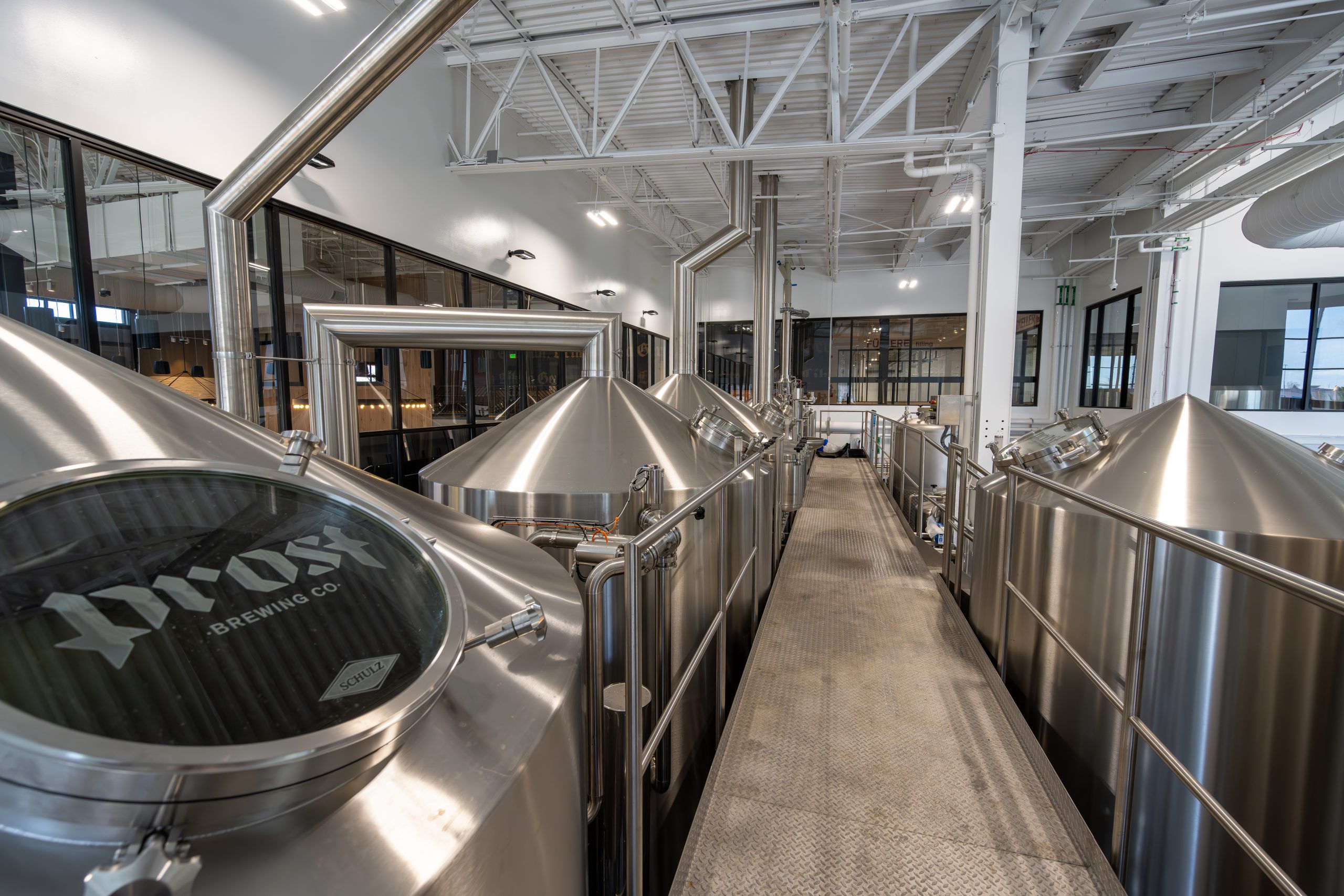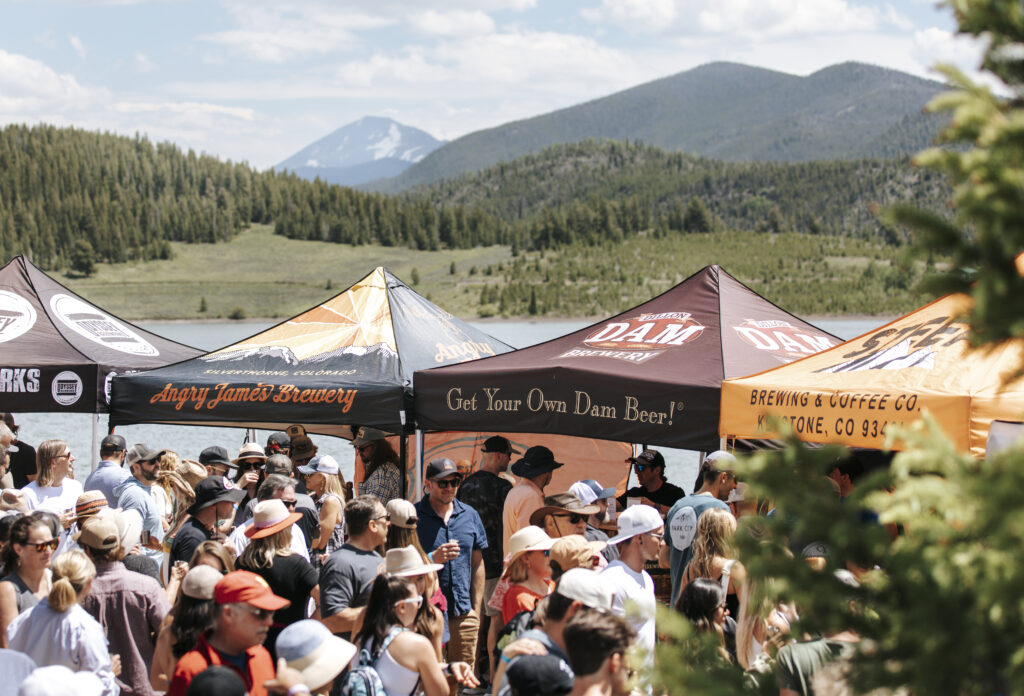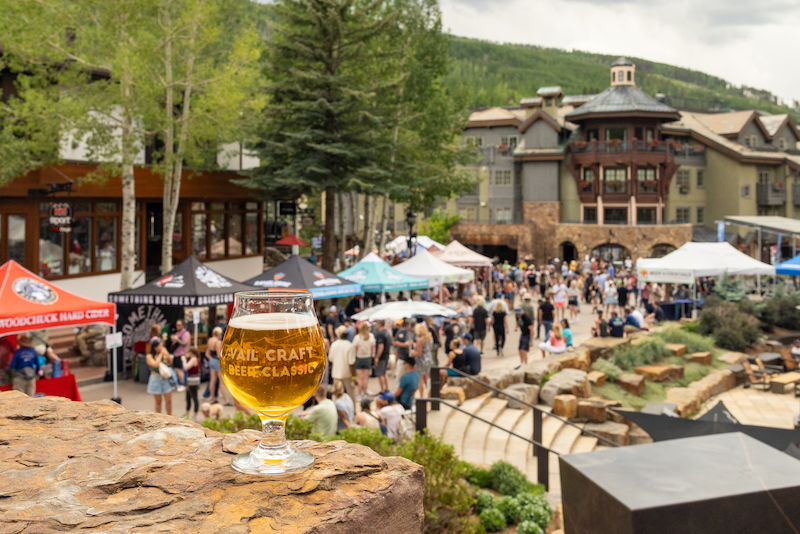Is your pump having a moment? Drew Martinez of Prost Brewing Co. is here to help navigate your brewery equipment issues!
Brewery Maintenance
By Drew Martinez, Prost Brewing Co.
Breweries are full of equipment that help us produce the various products that we make. Some equipment is simple, and some quite complex. This is true no matter the size of the brewery. Also true is that equipment will require maintenance and often times will require spare parts. Avoiding down time due to maintenance and ensuring that equipment is ready to use when needed should be the goal of anyone running a brewery. There are different types of maintenance and different approaches to the task of maintenance itself. This article will take a brief, simplified look at these types and approaches, as well as discuss strategies for keeping your maintenance up to speed.
The three main types of maintenance you will likely consider in a brewery are:
- Demand Maintenance
- Planned/Preventative Maintenance
- Predictive Maintenance
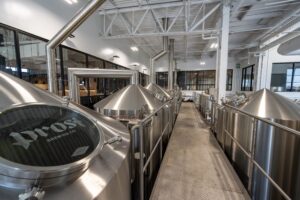
Demand Maintenance is any time something needs to be fixed now to continue working. This is typically unplanned maintenance and is the most disruptive, as it frequently means some part of production stops until the problem is resolved. Planned or Preventative Maintenance is work done on a scheduled basis meant to prevent something from failing. Lastly, Predictive Maintenance uses measurements, data, and expected lifespans of machines and their components to determine when maintenance must be performed.
Demand Maintenance is the costliest type due to the effects of a stop in production. An event might mean that raw materials are wasted, or, even worse, finished products. Time must be taken to correct a problem, and if there are multiple people involved in, say, a packaging line, then there are frequently several people who might be getting paid to wait for something to be fixed. If a replacement part must be expedited to solve the problem, further downtime can create more personnel costs and generally extra cost for rushing parts to the brewery. Overall, Demand Maintenance is the thing we are looking to avoid. However, as anybody who has worked in a brewery knows, sometimes weird things happen.
Planned and Preventative Maintenance is the preferred strategy for mitigating problems. Equipment is maintained on a schedule. This might entail a lubrication schedule, a timeframe for exchanging gaskets and other soft parts, or just general checkups on equipment to determine that everything is working correctly. A significant part of the Planned Maintenance process is keeping spare parts on hand for when they are needed. This is a bit of a tight rope as spare parts are not cheap, and parts on the shelf represent overhead cost. Some parts may be readily available, while some parts will not be. Having a plan to use those spare parts on a schedule and avoid overstocking spare parts, or the wrong parts, is important to effectively use a spare parts inventory. If certain spare parts are readily available, it may be enough to know the supplier and refrain from stocking them. Planned Maintenance helps keep costs down by using that spare part inventory effectively and keeping equipment ready to use when needed. It requires planning and usually labor outside of normal production hours to maintain equipment. This might not be so easy if you are a one- or two- person show. Larger breweries certainly have an easier time keeping a full-time Maintenance person around. Smaller companies may suffer from not having enough hours in the day to get all that work done. Taking small bites out of the workload can make a big difference in the overall health of the brewery and will certainly help to prevent expensive breakdowns.
Predictive Maintenance is a deeper, more involved strategy that might include vibration analysis, oil analysis, and planning equipment and spare parts replacements around the Mean Time To Failure (MTTF). Frequently in the brewery we have things that will be run until they fail, and then replaced. This might be true of filtration media, gaskets, or sanitary pump seals. Understanding the Mean Time to Failure provides some insight into the average time it takes something to fail under normal use. This might be recorded in run hours, or volume produced. Knowing the MTTF can create a timeline for replacement, allowing spare parts to be planned for certain times. This can be risky and is best paired with Planned/Preventative Maintenance strategies for the best outcomes.
The most important thing in brewery maintenance is to keep everything running and keep everyone safe when using equipment. Breweries can be dangerous places to work. If a safety feature is bypassed to keep a machine running, operators are immediately in more danger. Making the correct fix to keep a machine safe is always the best decision. Observing Lock Out Tag Out procedures and Confined Space Entry procedures is imperative to keep Maintenance personnel safe, as well as operators. Compared to the cost of injury, it is always worth performing maintenance correctly to reduce the chance of injury. A company may be at risk of fines, lawsuits, or other injurious costs due to incorrect maintenance.
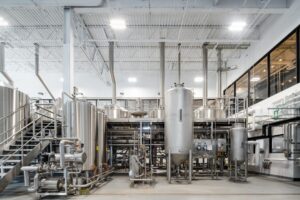
One last thing to consider for Maintenance is using outside contractors to take care of major points of maintenance. This might be service on a glycol chiller, steam boiler, or other large equipment that requires a specialized knowledge to maintain. Sometimes equipment suppliers will also offer maintenance and service plans for their equipment. While sometimes more costly than keeping the work in-house, it may still be less expensive in the long run than having equipment fail.
Ultimately there is a fine line to walk with servicing equipment. The brewery always needs equipment to be ready when needed, and keeping servicing and inventory costs down is important. Worker safety is above all of these and should be the first focus of any maintenance program.
OSHA:
https://www.osha.gov/control-hazardous-energy
https://www.osha.gov/confined-spaces
Total Cost of Ownership:
